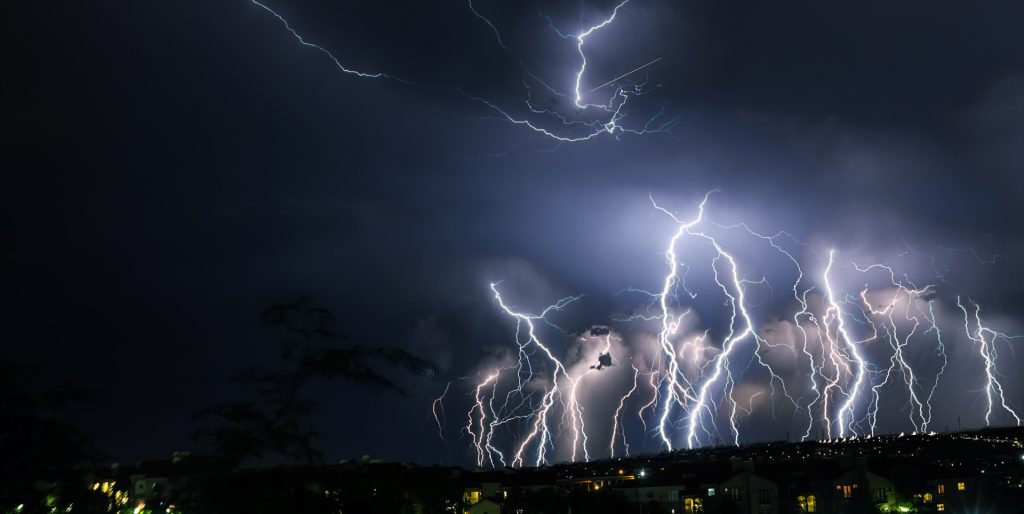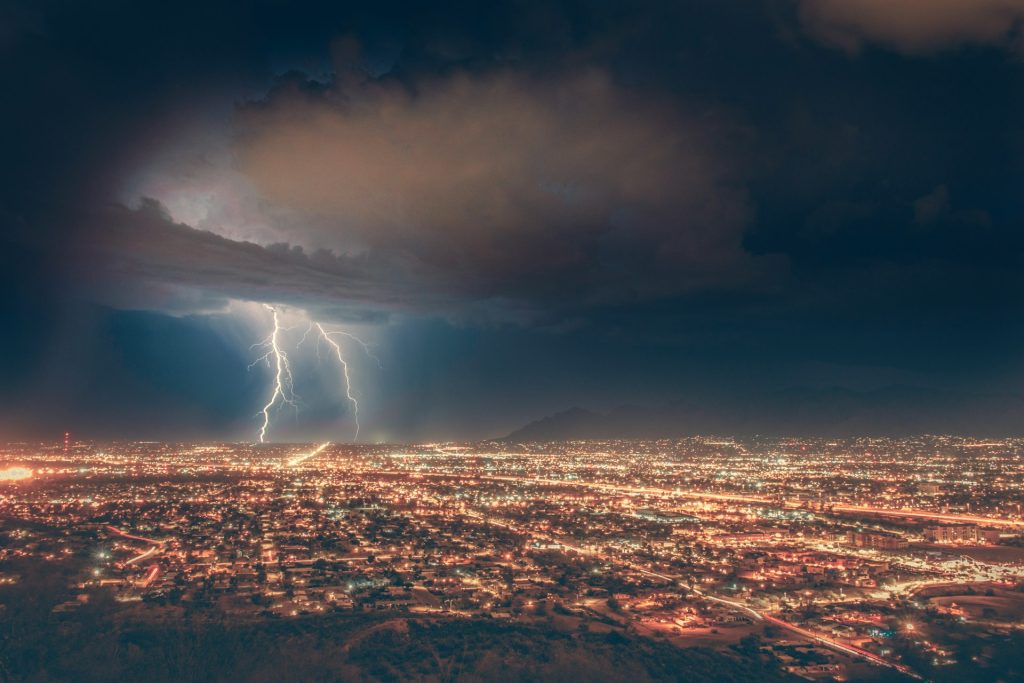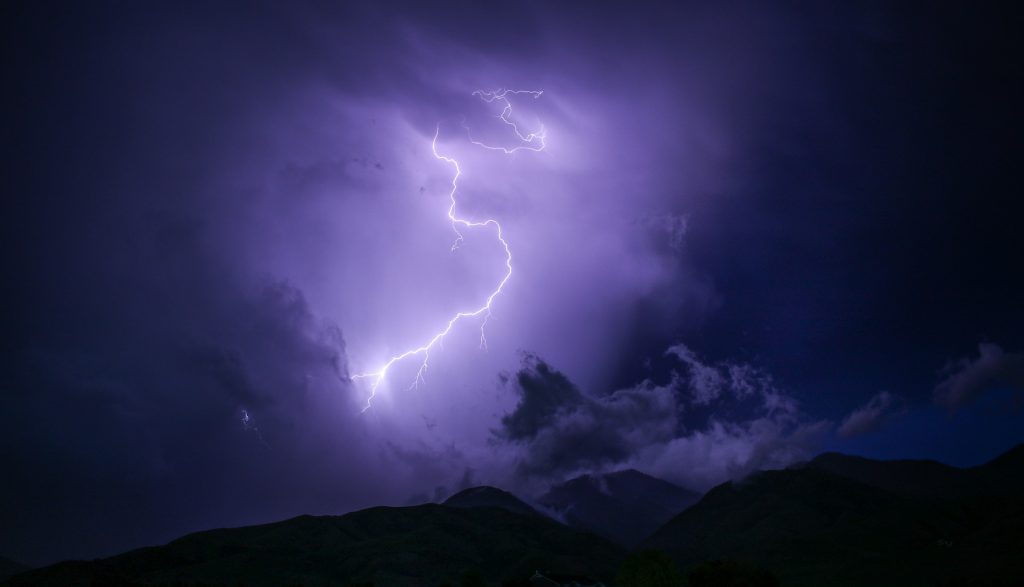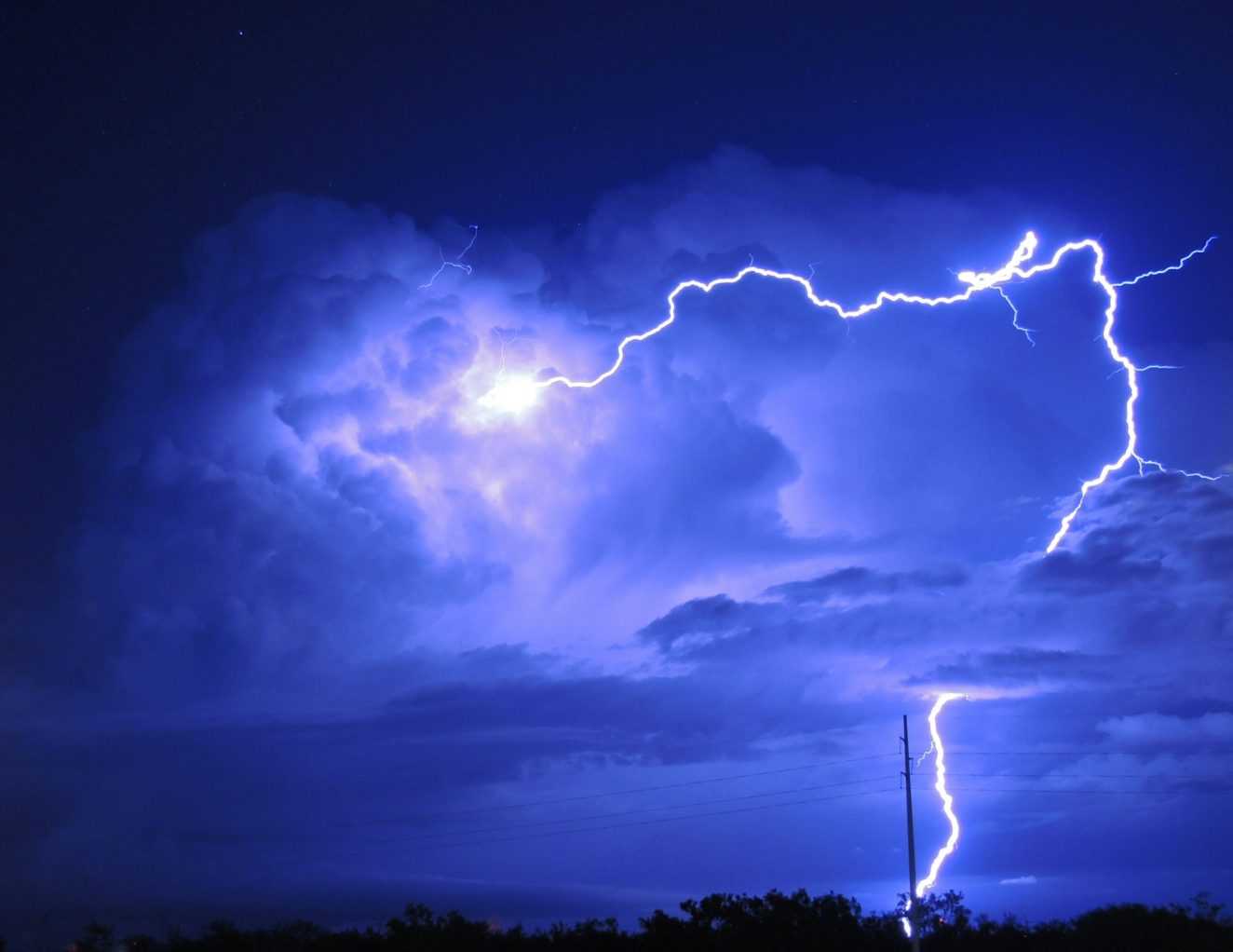We’ve all been there. You’re cozy in bed, and suddenly the sky lights up with a bright flash, followed by a booming sound that shakes the house. Thunder and lightning! But have you ever wondered what exactly is happening up there in the clouds? How does a simple storm create such an electrifying display? Buckle up, because we’re about to take a wild ride through the thrilling science of thunderstorms. You might never look at a storm the same way again!

What’s the Deal with Thunder and Lightning?
So, let’s cut to the chase—what’s the connection between thunder and lightning? You’ve probably heard that one causes the other, and that’s exactly right! Lightning is the showstopper here. It’s a discharge of electricity so powerful that it heats the air around it to a mind-blowing 30,000°C (54,000°F)! To put that into perspective, that’s five times hotter than the surface of the sun! When the air gets this hot, it expands super-fast, and that expansion creates a shock wave. This shock wave is what we hear as thunder—the roar that follows the dazzling flash.
Now you might be wondering, why do we see lightning before we hear thunder? Well, it all comes down to speed. Light travels much faster than sound, so the flash reaches your eyes almost instantly, while the sound takes a few moments to catch up. The farther away the storm is, the longer it takes to hear the thunder after seeing the lightning. Count the seconds between the two, and you can even estimate how far away the storm is!
The Stormy Drama Inside a Cloud
Let’s take a trip inside a thundercloud. High up in the sky, the storm is brewing, and there’s a lot more going on than just rain. Within these giant clouds, tiny ice crystals are being tossed around like popcorn, smashing into each other as they’re jostled by the wind. Every time these ice crystals collide, they knock off tiny negative particles called electrons, causing a buildup of charges within the cloud.
The top of the cloud becomes loaded with positive charges (protons), while the bottom of the cloud becomes packed with negative charges (electrons). It’s like a giant battery in the sky, and sooner or later, those opposite charges are going to want to connect.
How a Lightning Bolt Is Born
Once the charge imbalance inside the cloud becomes too strong, nature finds a way to release it—and that’s when the magic happens. The negatively charged bottom of the cloud starts sending out a charge towards the Earth. This charge, called a stepped leader, snakes its way down, invisible to the naked eye. At the same time, positive charges on the ground—on trees, buildings, and even you—start racing upwards to meet this invisible charge.
When the two charges finally meet, BOOM! A powerful electric current called the return stroke zips back up to the cloud, creating the brilliant flash we know as lightning. This process happens in the blink of an eye, but it’s responsible for one of nature’s most spectacular light shows.
Why Does Lightning Zap?
Okay, we get it—lightning looks cool. But why does it zap in the first place? It all boils down to those charged particles we mentioned earlier. As the negative charges in the cloud build up, they’re naturally attracted to positive charges on the ground. And when the buildup of negative charge gets big enough, it overpowers the insulating properties of the air.
Once the air gives way, a powerful stream of negative charges flows down towards a high point on the ground—often a tall tree, a building, or even a person. The positive charges on the ground rush up to meet the electrons, and BOOM, lightning strikes! Along with that dazzling bolt comes the deafening clap of thunder, caused by the superheated air expanding faster than the speed of sound.

Different Types of Lightning
Not all lightning is created equal. In fact, there are a few different types of lightning strikes that occur during storms, each with its own unique characteristics. Let’s dive into the lightning varieties you might spot next time you’re caught in a storm:
1. Cloud-to-Cloud Lightning (CC Lightning)
This is the most common type of lightning, but it’s often hidden up in the clouds. In cloud-to-cloud lightning, the strike stays within the clouds, never touching the ground. Sometimes, it hops from one cloud to another, illuminating the sky with a bright, flickering glow. This type of lightning is usually harmless to us on the ground, but it can pose a threat to aircraft, which is why pilots go to great lengths to avoid flying near thunderstorms.
2. Cloud-to-Ground Lightning (CG Lightning)
This is the kind of lightning you’re probably most familiar with. Cloud-to-ground lightning happens when the electrical charge from the cloud finds its way to the Earth. Though less common than cloud-to-cloud lightning, CG lightning is far more dangerous. These bolts can strike trees, buildings, and even people, causing serious damage or injuries. In the U.S. alone, cloud-to-ground lightning strikes are responsible for around 20-30 deaths and hundreds of injuries every year. Yikes!
And here’s a fun fact—sometimes a cloud-to-ground bolt can travel a long way before it strikes. You might hear the term “bolt from the blue”, which refers to lightning that strikes 10 kilometers away from the storm, hitting the ground in areas with clear skies. Talk about a surprise attack!
3. Ball Lightning
Now, here’s where things get really weird. Ball lightning is one of the rarest types of lightning, and it’s exactly what it sounds like—a floating sphere of electricity. This glowing ball can appear during thunderstorms and usually lasts only a few seconds before disappearing. It’s still a bit of a mystery to scientists, but most believe ball lightning occurs after a cloud-to-ground strike causes a reaction with the elements in the ground. Though rare, ball lightning has been witnessed enough times to confirm that it’s real—and extremely cool.
4. Heat Lightning
Ever seen a lightning flash far off in the distance, but didn’t hear any thunder? That’s called heat lightning. This type of lightning occurs so far away that the sound of the thunder doesn’t reach your ears. You’re seeing the flash from a storm beyond the horizon, where it’s too far to affect you directly, but it’s still putting on a show.
Now that we’ve decoded the mysteries of thunder and lightning, you’ll have a newfound appreciation for the next storm that rolls through. Lightning is not just a cool visual; it’s a powerful force of nature that can light up the sky, heat the air to incredible temperatures, and even alter the elements in the ground. And don’t forget the thunder—that booming sound is your clue that lightning has just released an enormous amount of energy.
Next time you see a flash in the sky, count the seconds before you hear the thunder. If you want to estimate how far away the lightning is, remember this simple trick: for every five seconds between the flash and the boom, the lightning is about one mile away. So, regardless if you’re enjoying the spectacle from the comfort of your home or caught in the storm itself, you now know the science behind nature’s most electric performance.

Thunder and Lightning Are Electrifying (Literally!)
From cloud-to-ground strikes to rare ball lightning, thunderstorms are full of surprises. While they may seem chaotic and dangerous, they’re also a perfect demonstration of nature’s raw power. So next time the sky lights up and the thunder rolls, you’ll know exactly what’s happening—and you might even find yourself marveling at the storm, just a little bit more!





